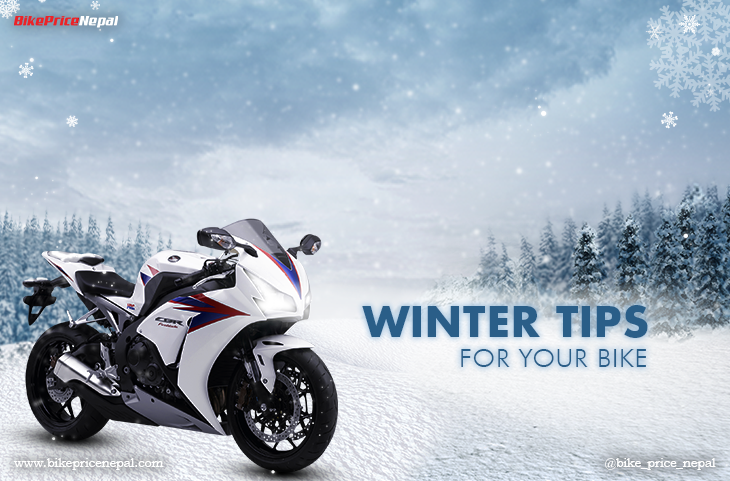Motorcycle Winter Storage Tips and Best Practices

Motorcycle enthusiasts are well-acquainted with the ritualistic tendencies that come with the changing seasons. As winter approaches and freezing temperatures set in, many riders bid farewell to their beloved bikes after one last thrilling ride. Whether you choose to enlist the help of your concerned motorcycle dealers or opt for self-storage, preparing your motorcycle for winter is crucial to ensure it remains in top condition for the next riding season. Here's a comprehensive guide on motorcycle winter storage tips and best practices.
1. Fluids: Freshen Up for a Smooth Start
Start by refreshing all essential fluids, including motor oil, clutch, brake, and coolant. Regular fluid changes are crucial to prevent contaminants from becoming corrosive over time, potentially damaging rubber seals and other components. If it's been a while since the last change, prioritize oil changes to keep your motorcycle in optimal condition.
2. Tenderize the Battery: A Must-Do for Longevity
Instead of starting your bike every week during winter, a better solution is to clean the battery electrodes and connect it to a battery tender or trickle charger throughout the winter. This not only preserves the battery's life but is recommended for year-round use. Investing in a quality battery tender, can help extend the longevity of your battery.
3. Tire Check: Preventing Flat Spots and Wear
Inspect your tires for even wear and ensure they have sufficient tread remaining. Follow the manufacturer's guidelines for tire inflation pressures, and consider using front and rear stands, lifts, or dollies to relieve pressure on the tires. Moving the motorcycle periodically, especially if it's not on a lift, helps prevent flat spots from forming during extended periods of inactivity.
4. Prevent Rust: Scrub, Wash, Dry, and Wax
Start by cleaning the dirtiest parts of your bike, including the chain (if applicable) and brakes. Use appropriate cleaning products for the chain and brakes, inspecting them during the process. After cleaning, thoroughly wash and dry your motorcycle to prevent corrosion and mold. Finish by waxing and treating the paint and chrome for added protection.
5. Chain Maintenance: Wax and Lubricate
Warming the chain with a short ride before cleaning and waxing/lubricating it will help extend its life. Regular maintenance, following the owner's manual guidance, is crucial to preserving the chain's integrity and ensuring it functions smoothly when you're ready to ride again.
6. Belt Drive Inspection: Minimal Maintenance
For motorcycles with belt drives, a simple inspection of both the inside and outside of the belt is required. Look for signs of damage, such as chips, cuts, fraying, or missing teeth. Ensure the belt tension is within the specified range, consulting the owner's or service manual for guidance.
7. Exhaust Pipe Preparation: Keep Intruders Out
Seal any openings in your bike, especially the exhaust pipe, to prevent creatures from making nests during winter storage. Use muffler covers or other products designed for this purpose to ensure a secure seal, and remember to remove them before your next ride.
8. Storage on Centerstand or Stands: Preserve Suspension and Tires
If your bike has a centerstand, use it; otherwise, invest in motorcycle stands to keep both wheels off the ground. This prevents flat spots on the tires and reduces the strain on the suspension, extending its lifespan.
9. Use the Correct Cover: Opt for Breathability
Invest in a breathable cover rather than a plastic one, as plastic covers can trap moisture and lead to rust, corrosion, and mold. A well-ventilated cover ensures air circulation, preventing the buildup of moisture or condensation under the cover.
10. Well-Ventilated Storage: Indoors is Ideal
Choose a well-ventilated indoor storage space to minimize the risk of moisture-related issues. Ensure the storage area is free from chemicals or fertilizers that could corrode your motorcycle during its winter hibernation.
By following these motorcycle winter storage tips and best practices, you'll be well-prepared to revive your bike when the warmer weather returns. Whether you entrust your motorcycle to professionals or take on the task yourself, a thorough winterization routine ensures that your motorcycle remains in prime condition for the next riding season.
